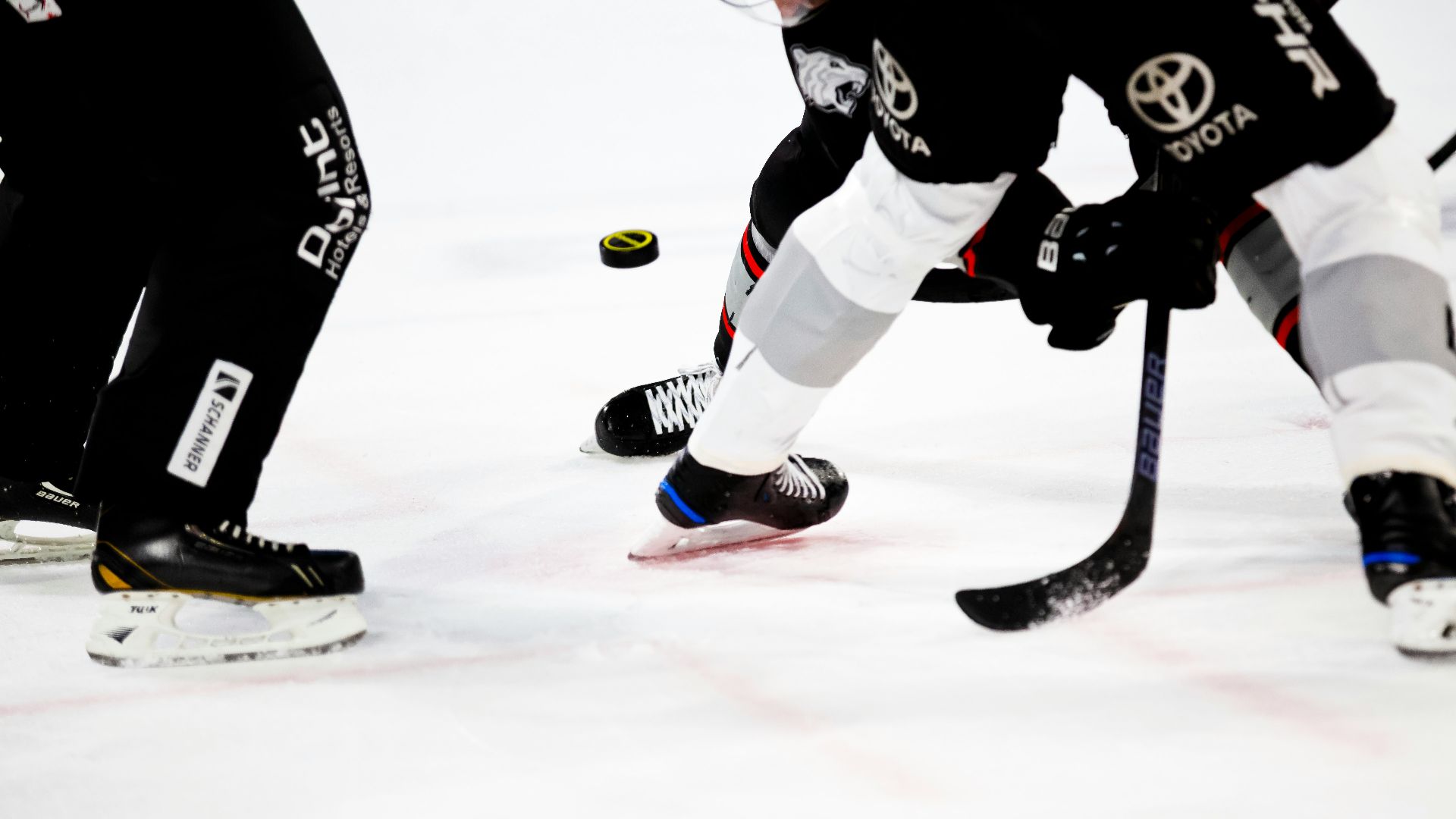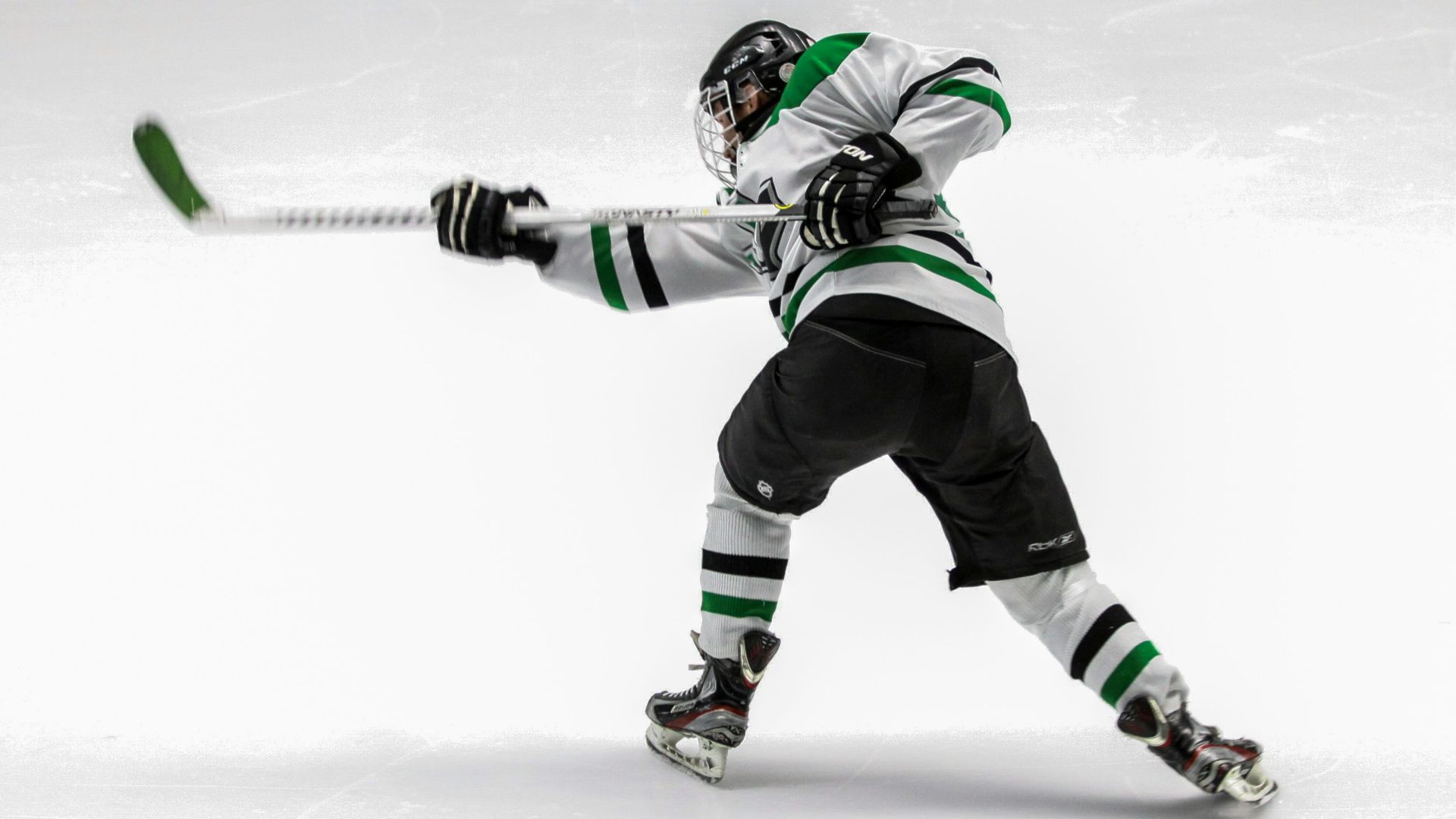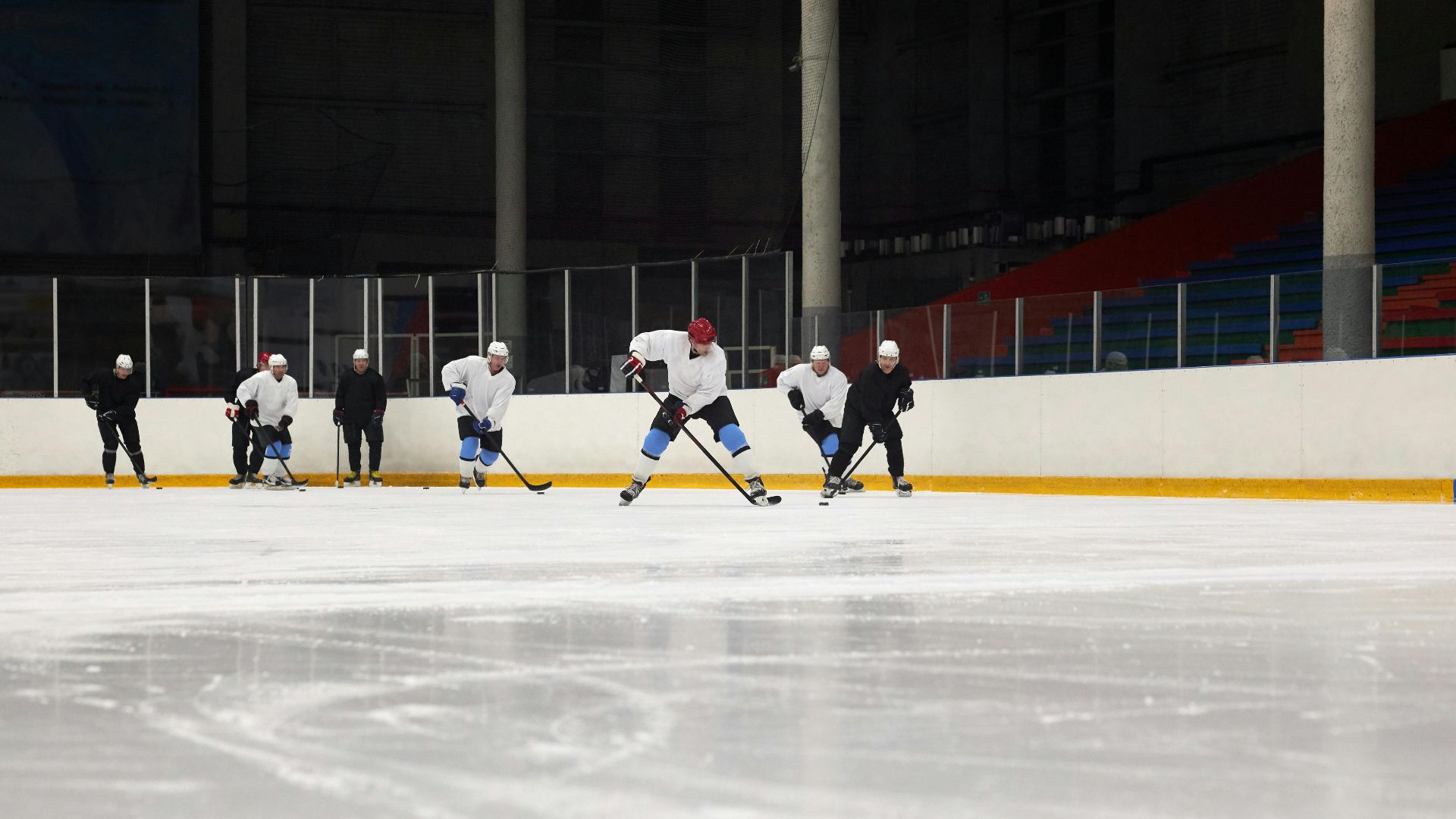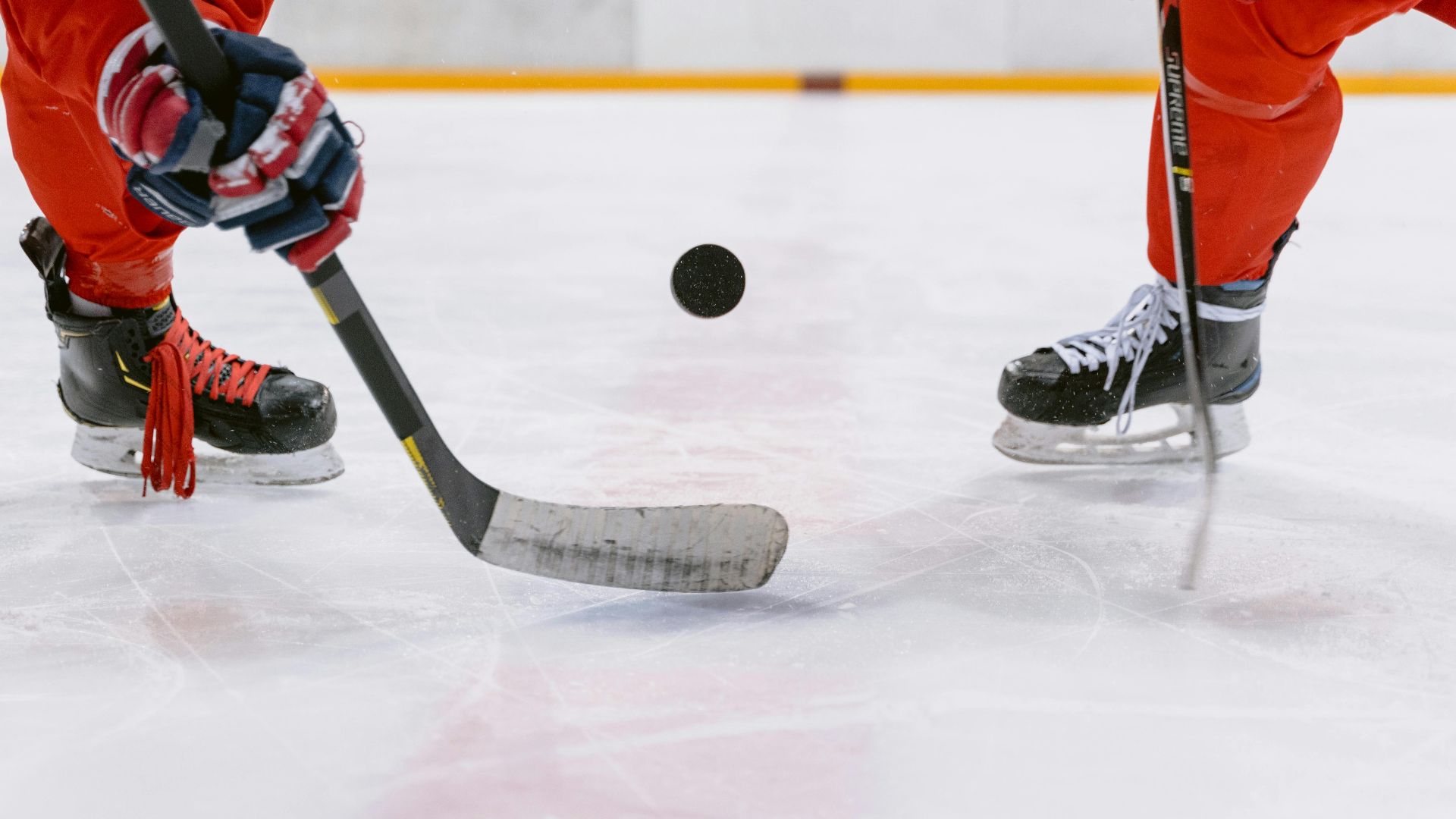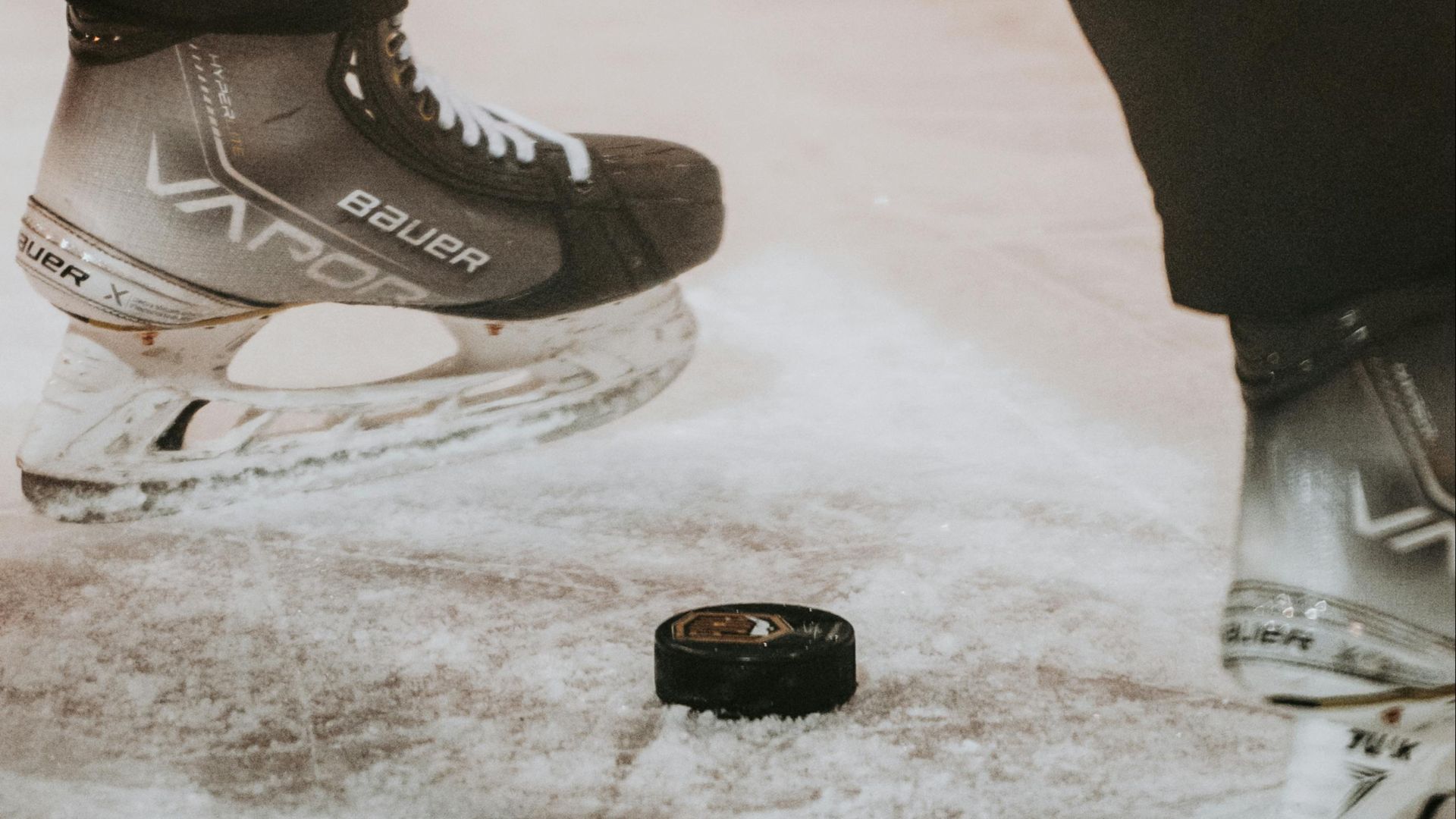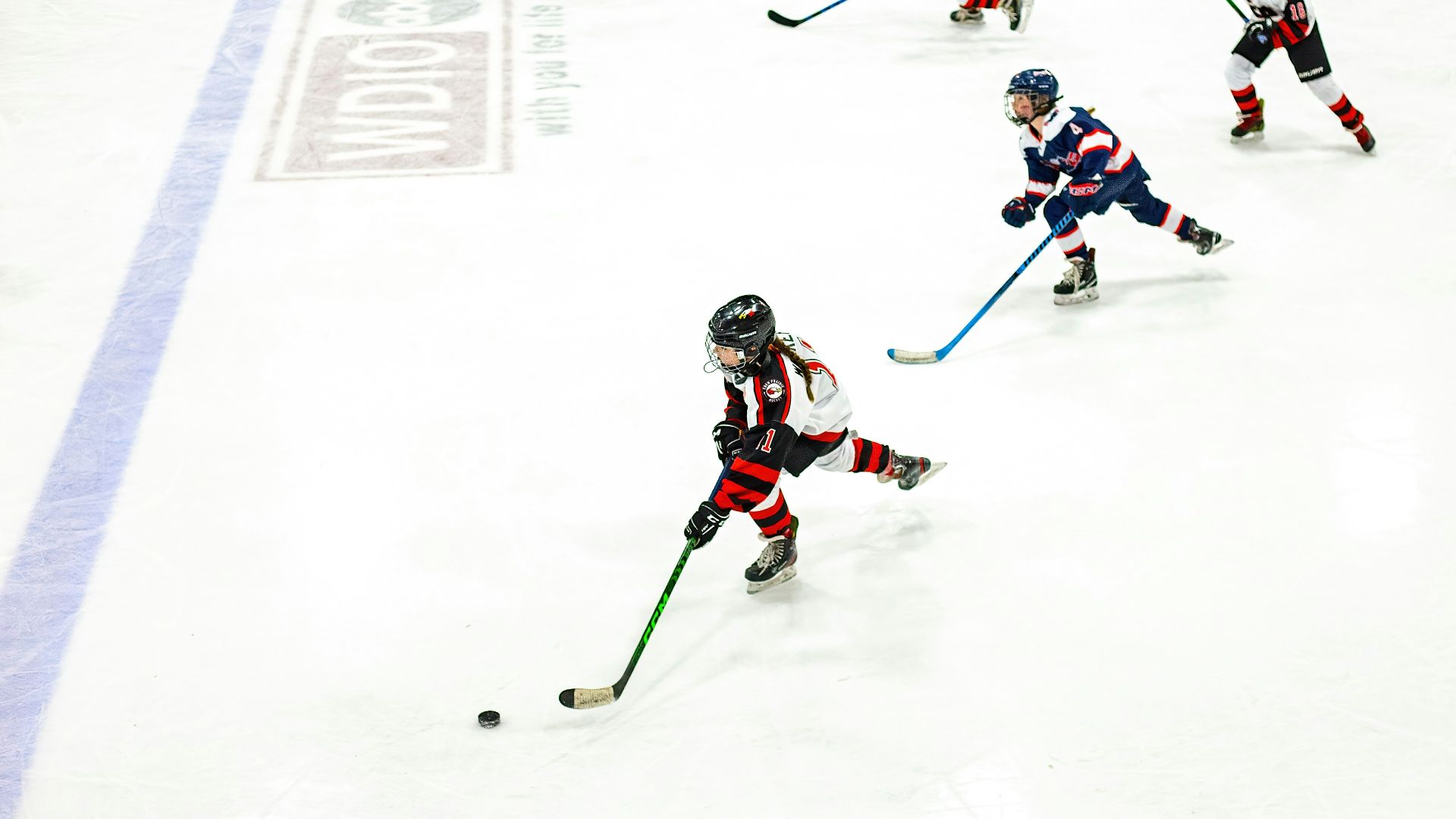Basic Hockey Rules
If you're watching ice hockey for the first time, it can get confusing when you don't understand the rules and the referee is always whistling for play to be stopped. But once you get the basics down, you'll start to see how everything works. From icing to offside calls, here are five NHL rules you need to know.
1. Icing
Icing is called when a player from the defensive zone shoots the puck down the rink, and it travels the length of the ice past the opposing goal line without being touched by anyone else. Play will be whistled down and stopped when this occurs, where the opposing team will get the advantage by having a face-off in the offensive zone. The only time when icing is allowed is during penalty kills.
2. Puck Over the Glass
Sometimes pucks can deflect up and over the glass, which will then be whistled down and play will stop. But if a player deliberately shoots the puck over the glass in the defensive zone, that's an automatic penalty for "delaying the game."
3. Hand Pass
Players can catch a puck mid-air and toss it straight back down on the ice, but they can't pass it to their teammates if they're not currently in their own zone. If they try to do a hand pass in the neutral (i.e., center ice) or offensive zone, the play will be stopped by the referee.
4. Kicking the Puck
While you're allowed to kick the puck to a teammate, you're not allowed to knock it into the net with your skate. Deflections do happen often in the sport, and pucks that redirect into the net after they ring off someone's skate are fine, so long as that player doesn't make a distinct kicking motion.
5. Offside
The blue line you'll see on both ends of the rink marks the entry zone to either team. Players gaining entry into the opposing zone need to make sure that the puck enters before they—or their skates—do. If they try to make a play but enter the zone before the puck crosses the line, it'll be whistled down as "offside."


